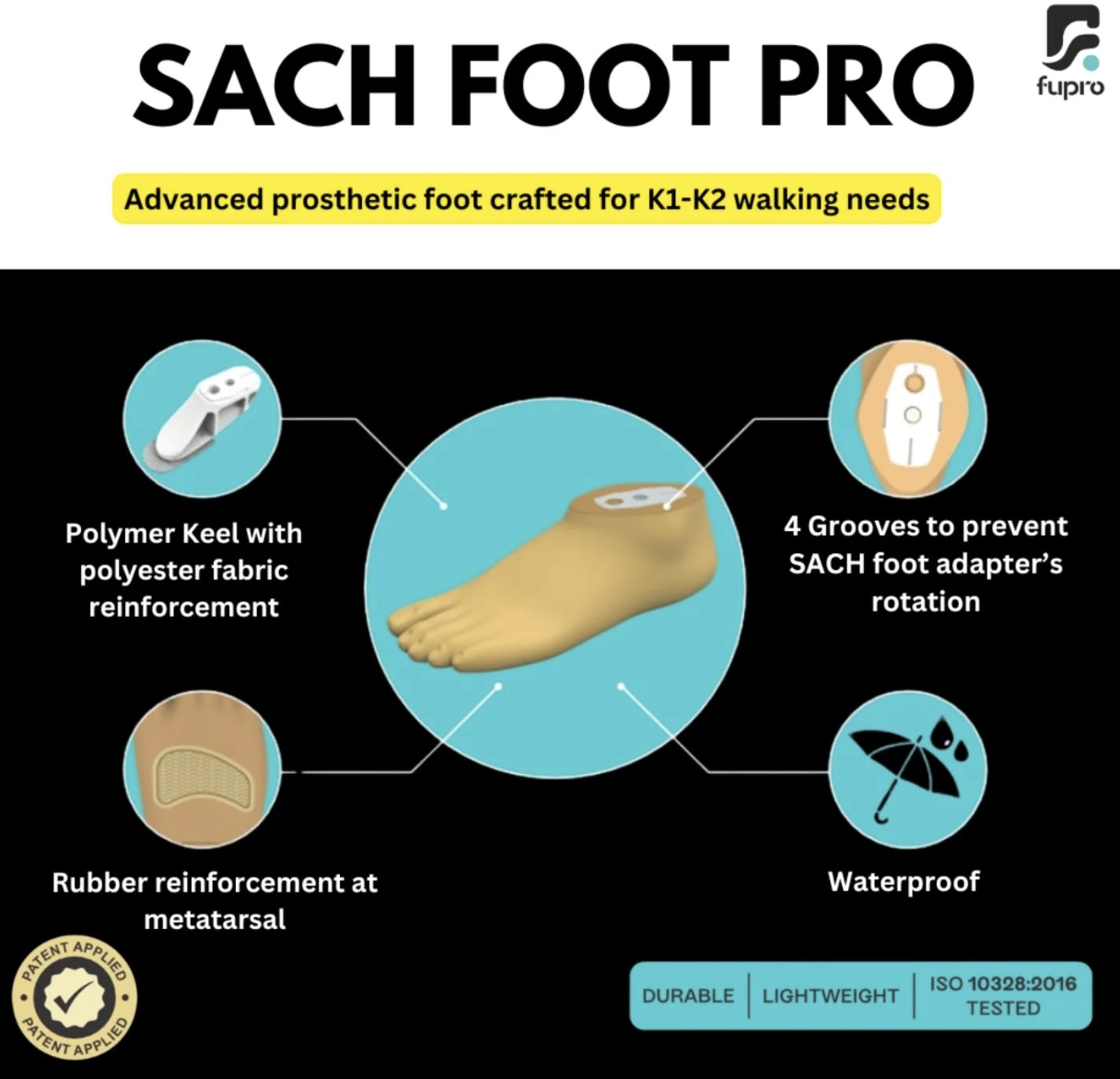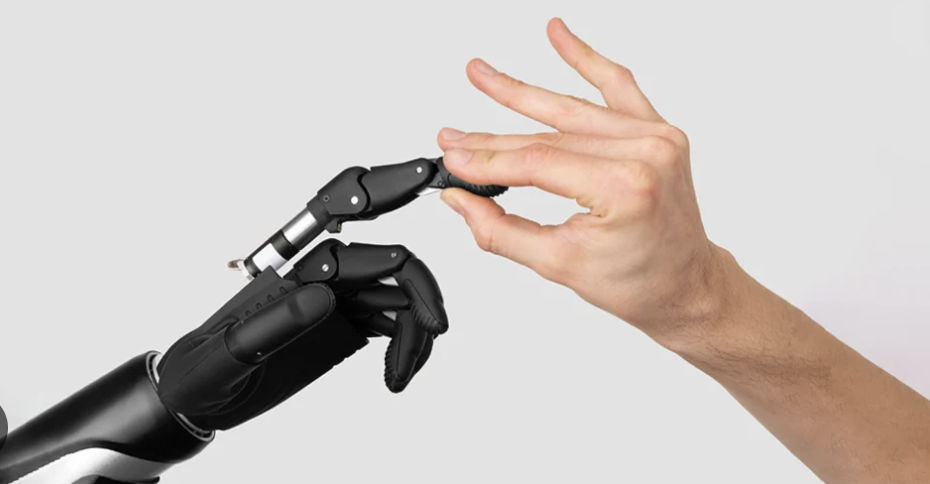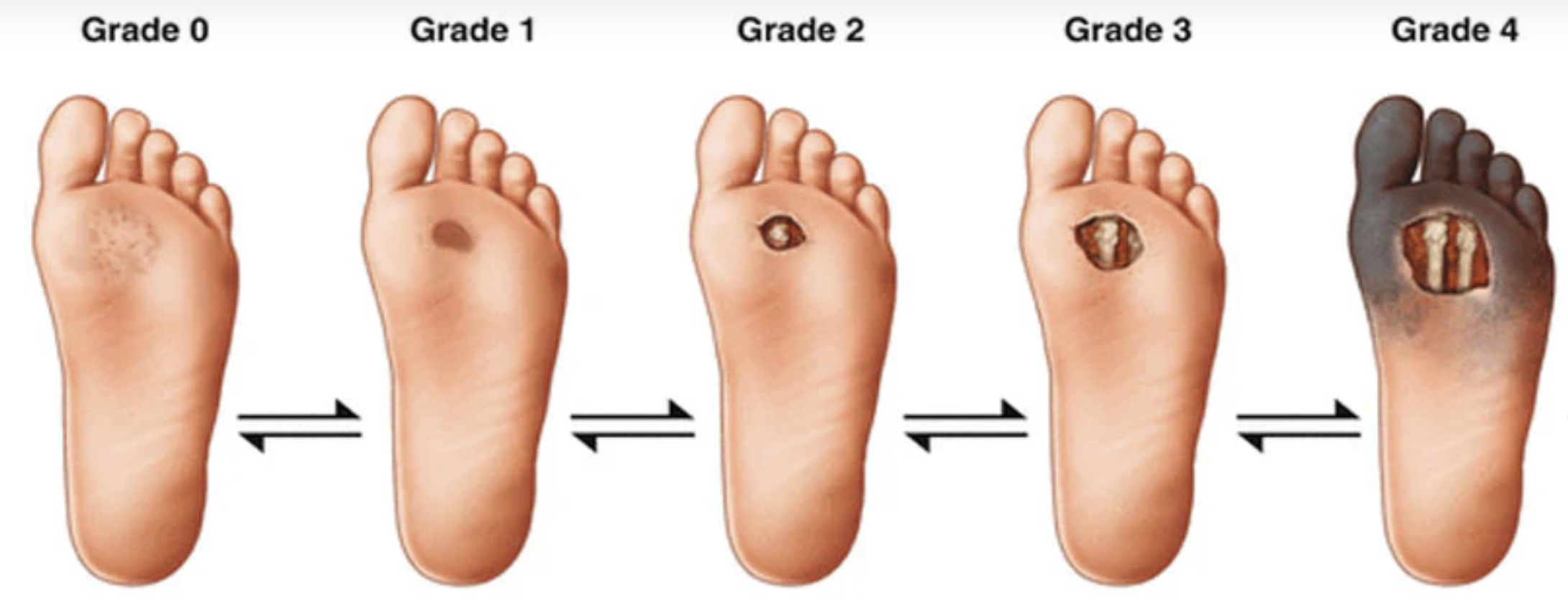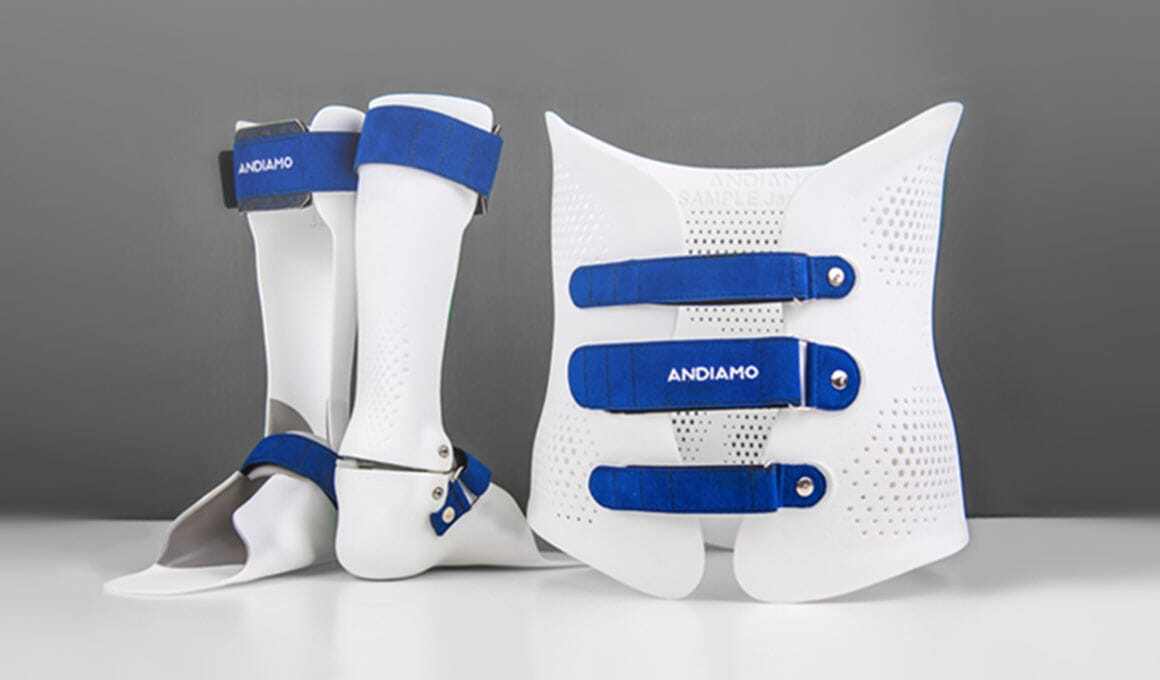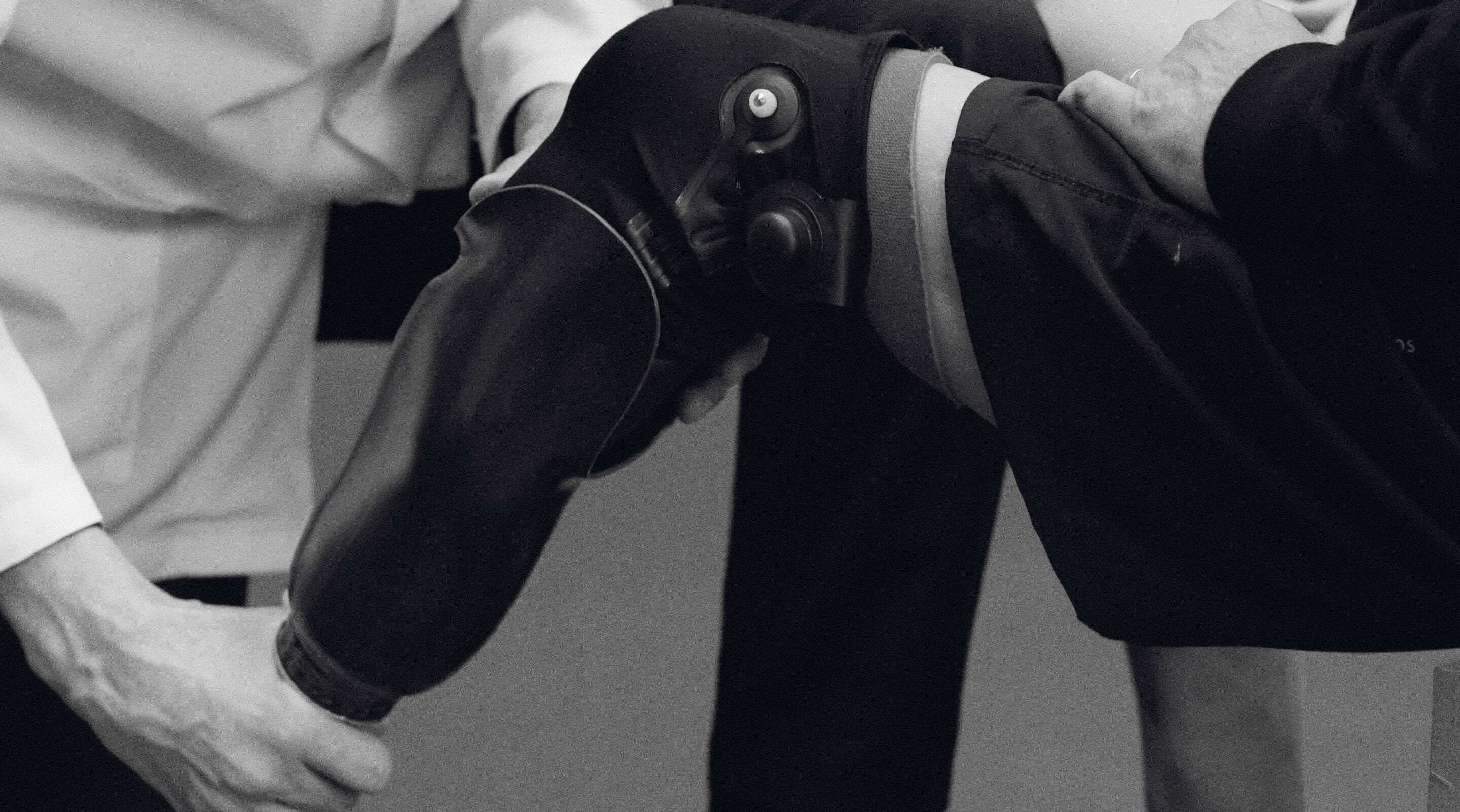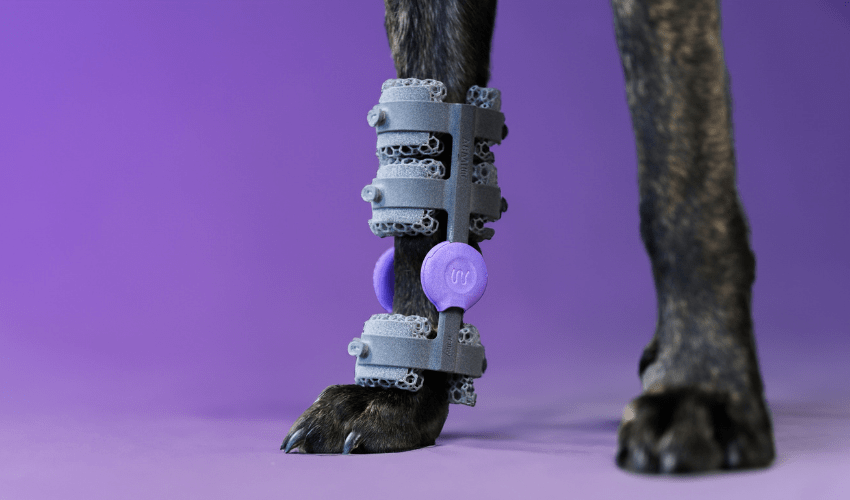Ergonomics, material selection, user interface design, and other key considerations are important factors in creating ideal wearable devices.
Wearable medical devices enable continuous health monitoring, early disease detection, improved patient engagement, and personalized treatment, enhancing overall healthcare outcomes. The success of wearable devices hinges on their ability to integrate seamlessly into users' lives. Designing a user-friendly and comfortable wearable device requires careful consideration of ergonomics, material selection, user interface design, and other key factors.
Ergonomic Design Principles
Importance of Ergonomics in Wearables
Ergonomics is crucial in designing wearable devices as it ensures they can be worn comfortably for extended periods without causing discomfort or injury. Poor ergonomic design can lead to skin irritation, pressure sores, or even musculoskeletal problems. Therefore, it is essential to understand the human body's biomechanics and how it interacts with wearable devices.
Designing for Different Body Types
Wearable devices must cater to a wide range of body types and sizes. A one-size-fits-all approach is often ineffective. Adjustable components, such as straps and bands, can help accommodate different users. Customization options, including different sizes or shapes, ensure the device fits well and remains comfortable for various body types.
Adjustable Components
Adjustability is key to ensuring a secure and comfortable fit. Features such as adjustable straps, modular components, and flexible materials allow users to tailor the device to their needs. This customization enhances comfort and usability, making users more likely to wear the device consistently.
Total Weight / Weight Distribution and Balance
Proper weight distribution is vital for comfort. Too heavy or unevenly balanced devices can cause discomfort and strain. Distributing the weight evenly and using lightweight materials can help mitigate these issues. Additionally, the placement of components, such as batteries and sensors, should be strategically designed to maintain balance and stability.
Material Selection
Skin-Friendly Materials
The materials used in wearable devices should be hypoallergenic and gentle on the skin. Materials that cause irritation or allergic reactions can lead to non-compliance and discomfort. Silicone, medical-grade adhesives, and breathable fabrics are often preferred for their skin-friendly properties.
Wear Requirements
Understanding how long the device will be worn is crucial. Some devices are worn continuously, while others are used intermittently. The duration of wear influences material choice, bonding techniques, and overall design. For instance, long-term wearables must be breathable and lightweight to prevent skin issues.
Hair and Bonding Techniques
Hair can pose challenges when adhering devices to the skin. Adhesives and tapes must be designed to stick effectively without pulling on hair or causing discomfort during removal. The adhesive should be strong enough to stay in place but gentle enough to remove without damaging the skin or leaving residue.
Skin Renewal and Adhesive Durability
The skin renews itself approximately every two weeks, affecting adhesives' longevity. Current adhesives typically last around two weeks, but this duration can vary based on skin type, location, and environmental factors. Ensuring the adhesive's durability while being safe and comfortable for the user is a critical design aspect.
Hypoallergenic Materials
Using hypoallergenic materials helps prevent allergic reactions and skin sensitivities. This consideration is especially important for users with sensitive skin or those prone to allergies. Materials should be thoroughly tested for biocompatibility and safety.
Aesthetic and Functional Design
Balancing Aesthetics with Functionality
A wearable device should be both functional and aesthetically pleasing. An attractive design increases user acceptance and compliance. Balancing aesthetics with functionality involves selecting colors, shapes, and finishes that appeal to users while ensuring the device performs its intended functions effectively.
Customization Options for Users
Offering customization options allows users to personalize their devices, enhancing their attachment and satisfaction. Customizable features can include interchangeable bands, color options, and personalized settings. These options make the device feel unique and tailored to individual preferences.
User-Friendly Interfaces
Intuitive Controls
The user interface should be intuitive and easy to navigate. Simple, straightforward controls enhance usability and reduce the learning curve. Touchscreens, buttons, and voice commands should be designed with the user's convenience, allowing for effortless operation.
Easy-to-Read Displays
The display should be clear and easy to read in various lighting conditions. High-contrast screens, large fonts, and adjustable brightness settings improve visibility and accessibility. Information should be presented concisely and intuitively, ensuring users can access important data at a glance.
Durability and Reliability
Importance of Durability in Wearable Devices
Durability is essential for wearable devices, often subjected to daily wear and tear. Devices must withstand impacts, drops, and exposure to various environmental conditions. Using robust materials and rigorous testing ensures the device remains functional and reliable.
Water and Sweat Resistance
Wearable devices should be resistant to water and sweat, especially those used for fitness or medical monitoring. Water-resistant materials and sealed components prevent damage from moisture, ensuring the device's longevity and reliability in various conditions.
Battery Life Considerations
Long battery life is crucial for wearable devices. Frequent charging can be inconvenient and deter users from wearing the device regularly. Energy-efficient components, optimized software, and rechargeable batteries help extend battery life, enhancing the overall user experience.
Robustness Against Daily Wear and Tear
Wearable devices must be robust enough to handle daily activities, including physical exercise, work, and leisure. Durable casings, reinforced joints, and impact-resistant materials help protect the device from damage, ensuring it remains functional and intact.
Connectivity and Compatibility with Other Devices
Seamless connectivity and compatibility with other devices are important for user convenience. Wearable devices should easily connect to smartphones, tablets, and computers for data synchronization and analysis. Compatibility with various operating systems and platforms ensures a wider user base.
User Data Privacy and Security
Protecting user data is paramount in wearable device design. Devices should incorporate strong encryption, secure data transmission, and robust user authentication mechanisms to safeguard personal information. Regular software updates and security patches are essential to address vulnerabilities and maintain user trust.
Prototyping and Testing
Importance of Early Iterative Design and Prototyping
Iterative design and prototyping are critical for developing user-friendly and comfortable wearable devices. Early-stage prototypes allow designers to test concepts, feedback, and make necessary adjustments. Iterative refinement ensures the final product meets user needs and expectations.
End User Testing and Feedback Loops
Engaging users in the design process through testing and feedback loops is invaluable. User testing provides insights into real-world usability, comfort, and functionality. Incorporating user feedback into the design process helps identify issues and areas for improvement, leading to a more refined and user-centric product.
Case Studies
Glucose Monitoring System for Extended Wear
A popular glucose monitoring device maker wanted to ensure that the device adheres securely for many days to provide continuous, reliable monitoring without requiring frequent replacements. Secure adhesion is crucial for maintaining accurate blood glucose readings, ensuring user convenience, and minimizing discomfort or irritation from repeated application and removal. Additionally, ensuring the device stays in place for the full duration improves user trust and satisfaction, reduces the risk of missed data, and enhances the overall effectiveness of the monitoring system in managing the user's glucose levels.
They understood the complexity of the adhesive performance of wearable devices is influenced by several factors such as skin hydration affecting adhesion. User age is critical, as older individuals with thinner skin may experience stronger adhesion, increasing the risk of skin damage, while younger users may encounter different challenges. Skin conditions, including thickness, elasticity, and hair presence, also impact adhesive performance. Additionally, environmental factors like humidity and climate play a significant role; in humid conditions, adhesion may weaken, leading to premature detachment. These variables necessitate careful design and testing for reliable wearability.
They developed a customized adhesive solution and performed comprehensive testing. They expanded the scope of testing to include a wide range of skin types, ages, and environmental conditions before market release. This approach helps identify potential issues early in the design process and allows for necessary adjustments. More upfront development with confirmation is well worth the effort especially when production volumes are very high.
Usability for Individuals with Reduced Dexterity
Wearable devices, such as fitness trackers and smartwatches, have revolutionized the healthcare industry by providing continuous monitoring and management of chronic conditions. However, for users with reduced dexterity, particularly those with conditions such as diabetes or age-related cognitive decline, using these devices can be challenging.
Problems like decreased grip strength and memory issues can hinder device use, leading to non-compliance with medical recommendations and poor health outcomes. By focusing on ease of use and accessibility, designers can create wearable devices that improve compliance and better support patient health.
To address these challenges, a wearable device must be designed with the following user-centered principles in mind:
- Physical Accessibility: The device should feature large, easy-to-manipulate components. Magnetic closures, Velcro straps, and oversized buttons can significantly improve usability for individuals with reduced dexterity. For instance, magnetic charging ports can eliminate the need for precise alignment and small-scale plugging.
- Cognitive Accessibility: Simplifying the user interface is crucial. The device should have a minimalistic design, with clear, easily understandable icons and instructions. Features such as one-touch operation, voice commands, and audible feedback can guide users through its functions. Alarms or reminders for wearing or removing the device, medication times, or other health-related activities can be embedded to support users with memory challenges.
- Automatic Functionality: Reducing the need for active user input is another critical consideration. The device should be able to automatically detect when it is worn and begin monitoring or therapy without requiring the user to initiate it. Passive data collection and processing should be emphasized, allowing the device to work seamlessly in the background.
- Material and Comfort: Comfort is paramount, especially for individuals who need to wear the device for extended periods. The device should be made from soft, hypoallergenic materials to prevent skin irritation, with adjustable bands to fit various body types and sizes. The design should also be lightweight and ergonomic, ensuring it doesn’t interfere with daily activities.
Designing wearable devices for individuals with reduced dexterity and cognitive function requires a deep understanding of the user's needs and limitations. By focusing on physical accessibility, cognitive simplicity, and comfort, we create devices that not only enhance usability but also significantly improve health outcomes for this often-overlooked demographic. The prototype device developed demonstrates that with thoughtful design, wearable technology can be made accessible to all, ensuring that everyone can benefit from the advancements in healthcare technology.
Conclusion
Designing a user-friendly and comfortable wearable device involves considering ergonomics, material selection, and user interface design. Key practices include:
- Ensuring adjustable and balanced components
- Using skin-friendly and hypoallergenic materials
- Providing customization options
The device should have intuitive controls and easy-to-read displays and be durable against daily wear, water, and sweat. Long battery life, seamless connectivity, and robust data security are essential. Iterative design, prototyping, user testing, and feedback are crucial for refining the device to meet user needs and enhance healthcare outcomes.
Mark Brinkerhoff, P.E. has been developing mechanical products for more than 25 years. A consulting development engineer with a strong background in mechanical and industrial design. His company, Fusion Design, has done over 1200 projects here in Silicon Valley. Fusion Design collaborates with clients from startups to Fortune 500 companies across healthcare, consumer products, and industrial automation to take products from concept to market-ready. We have long-standing relationships with manufacturing sources on and offshore to support high and low-volume production needs in all popular technologies.


